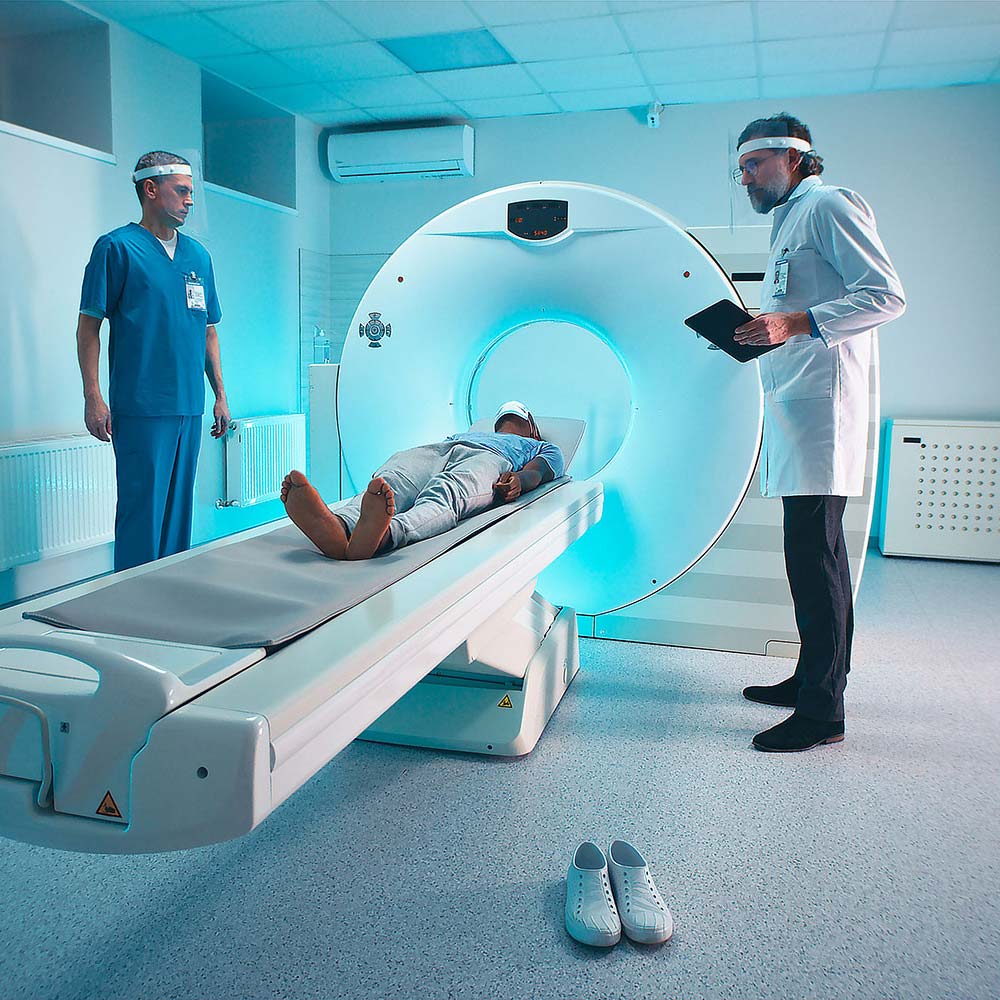Prior to the day of the procedure, you should notify your physician of all your medications and allergies. If you have a known allergy to the contrast material, or “dye”, you may be prescribed a medication to reduce the risk of an allergic reaction. Also inform your physician of any recent illnesses, chronic medical conditions, and whether there is a chance you may be pregnant.
Do not eat or drink anything for a few hours before your procedure, with the exception of medications.
Wear comfortable clothing on the day of your exam. Metal objects can affect CT images, so you may be asked to remove piercings and other jewelry, eyeglasses, dentures, hearing aids, and clothing that contains metal, such as pants with zippers or bras with metal underwire. If necessary, a gown will be provided to you for the procedure.










